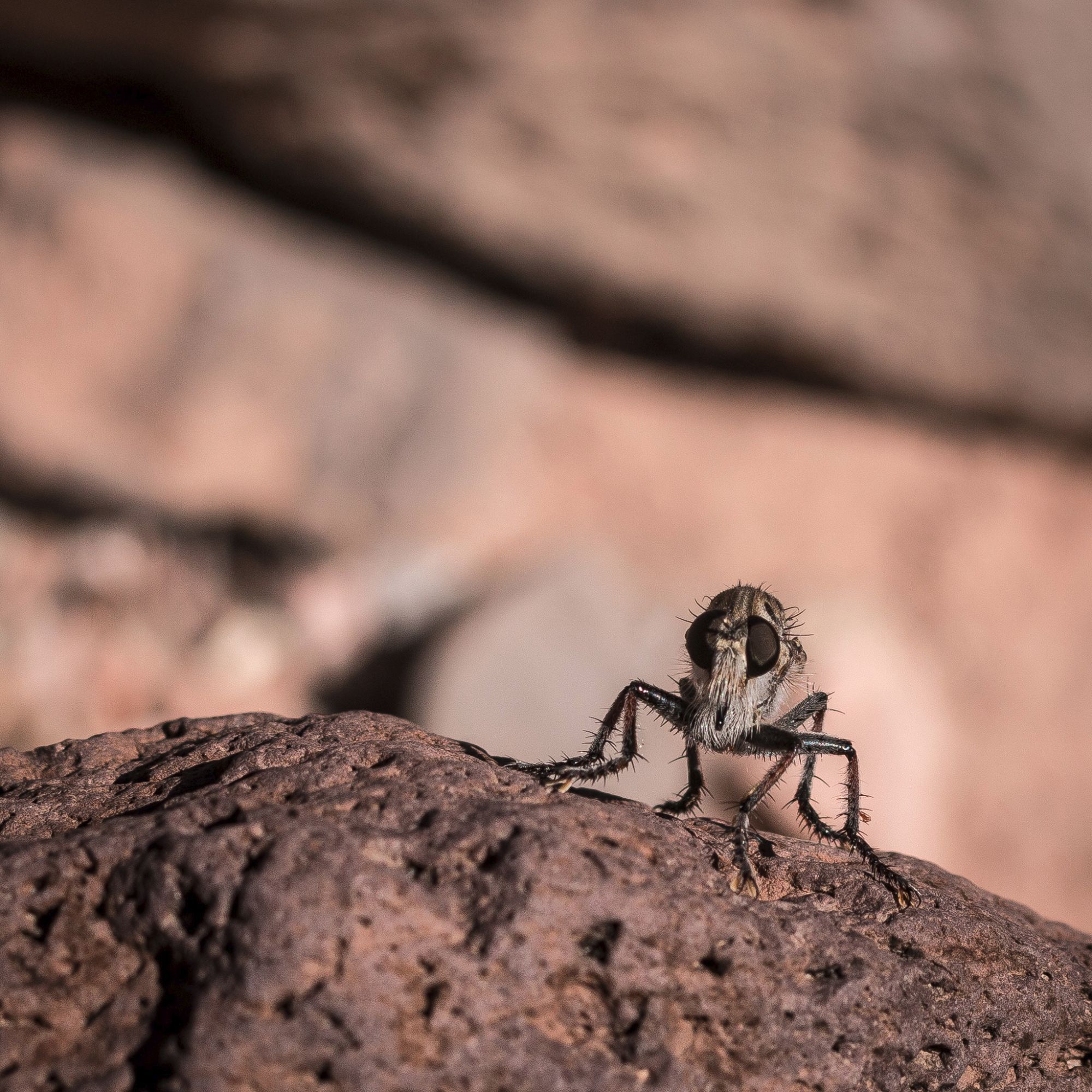This is a predatory robber fly (Asilidae) cosplaying as a bee. Were you fooled? 🐝🪰
Este registro é uma predação entre 𝘈𝘵𝘰𝘮𝘰𝘴𝘪𝘢 sp., mosca predadora da família Asilidae e um soldadinho da família Membracidae. Estas moscas são predadoras nas fases adulta e larval e utilizam seu aparelho bucal para perfurar a presa e injetar substâncias neurotóxicas. 🧶 (1)
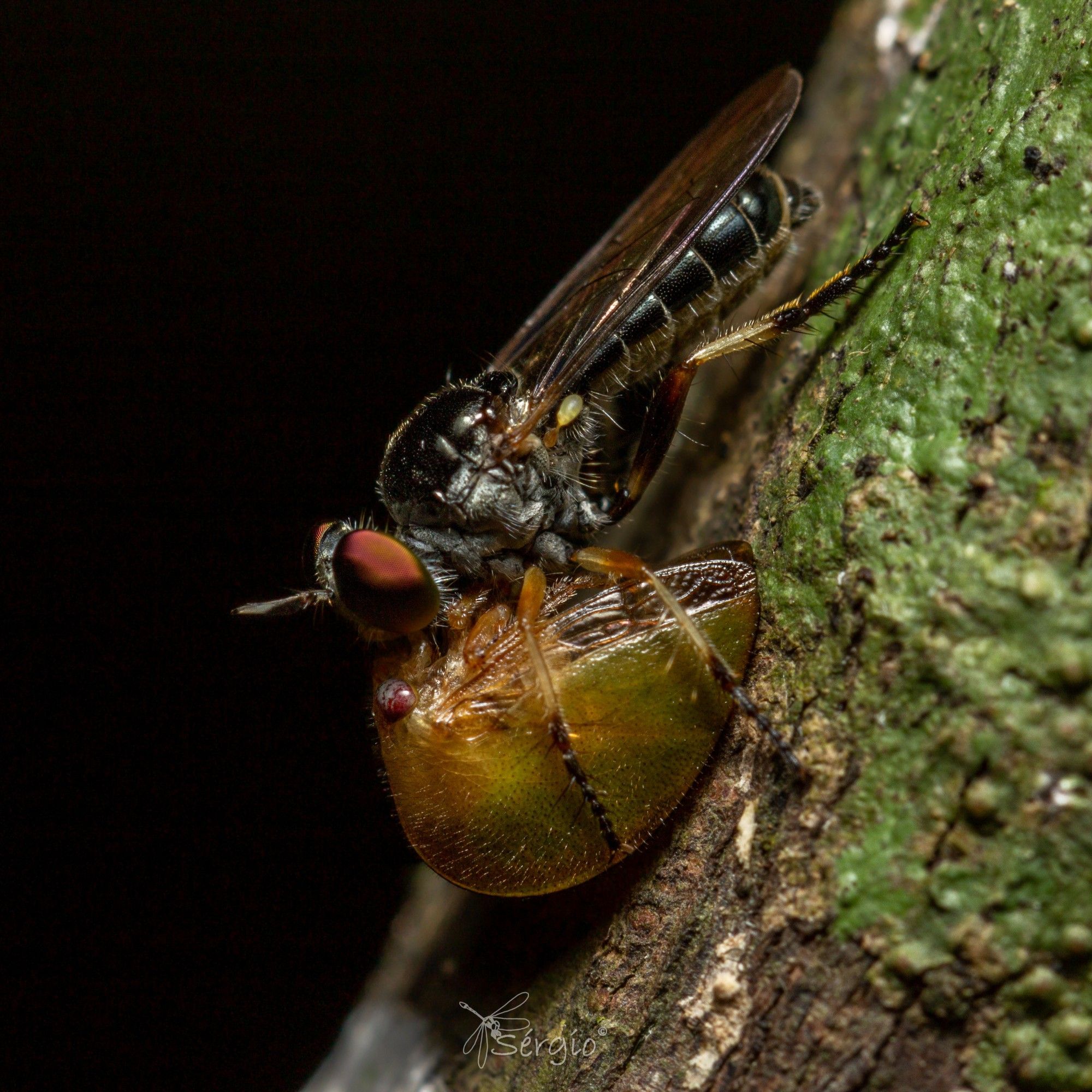
É uma mosca predadora Asilidae, é inofensiva sim.
A new ID guide is now available for all 27 species in the robberfly family (Asilidae) in the UK. Download the PDF from dipterists.org.uk/soldierflies...#soldierflies
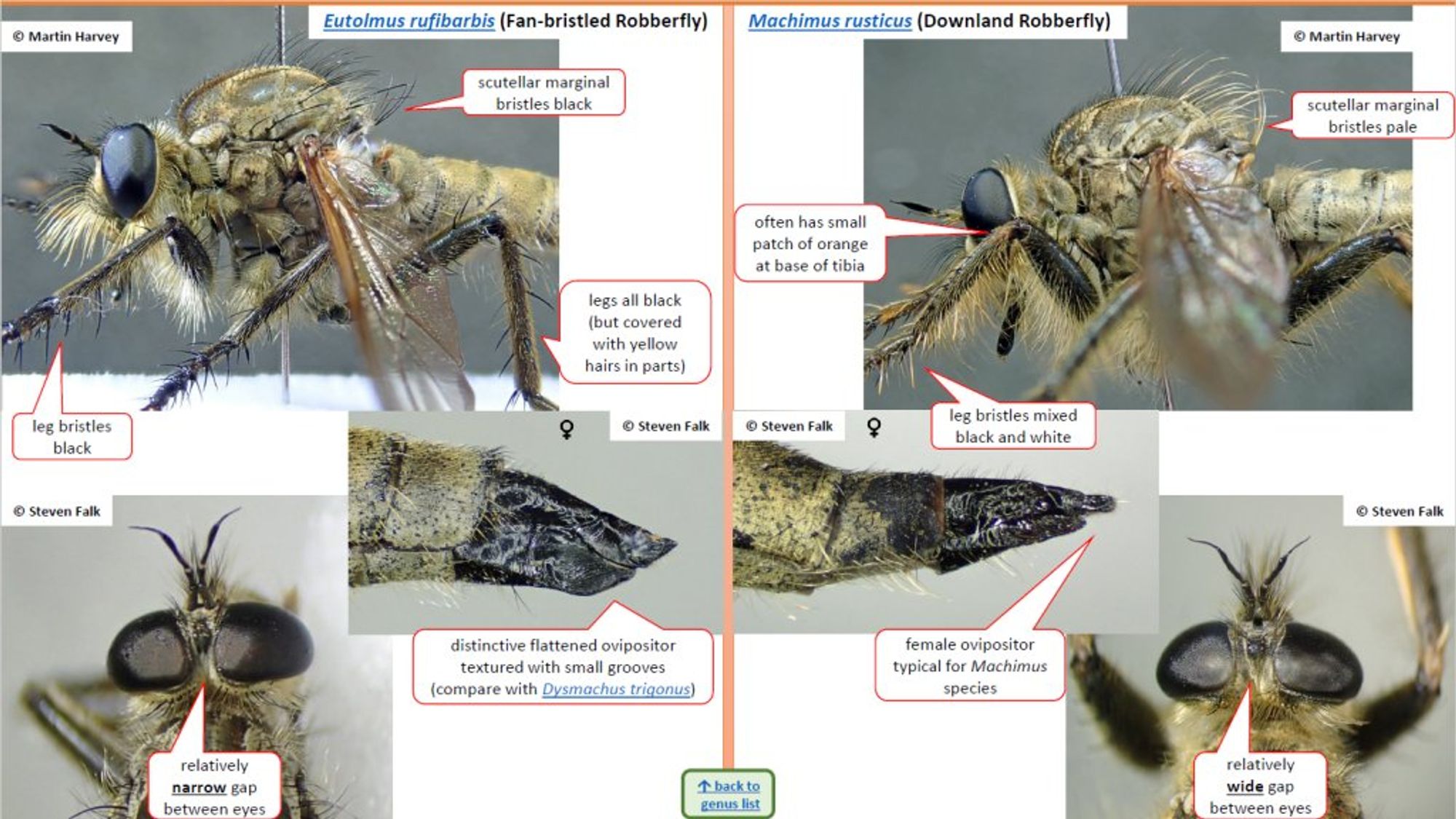

Recently it was asked here “tell me about a person you love.” I struggled to respond. I love Husband & Alexander with all my being. Yet every human relationship is conditional ± transactional at some level. I love nature. It is the living entity where I experience joy, connection, wonder, peace. 🌿
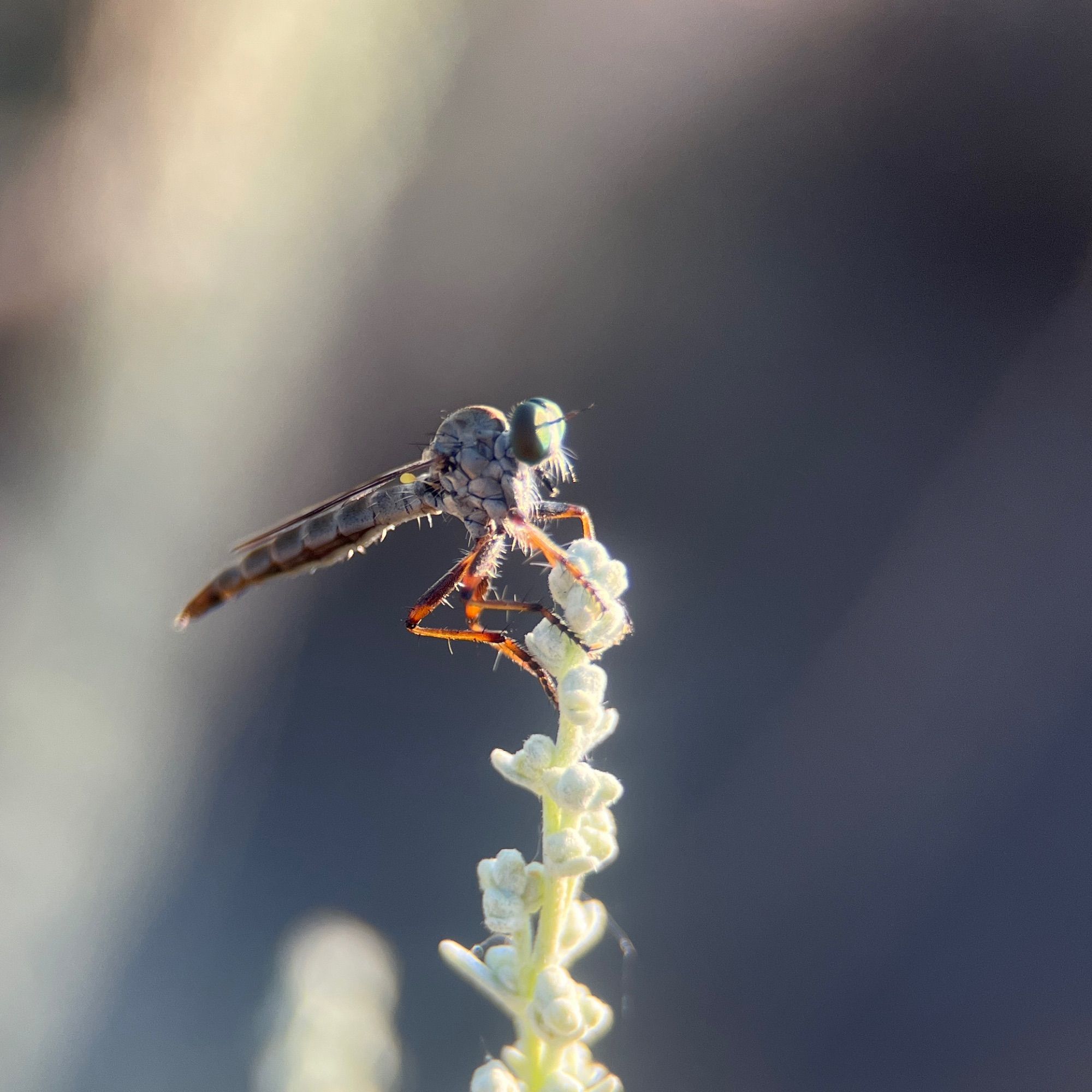
A rare trip off patch to visit Yarner Wood NNR yesterday. Had a fine few hours just pottering about seeing what I could see. Best find a Cryptocephalus parvulus, apparently only two previous Devon records. More details etc. in ALT texts. #UKWildlife#insects#macrophotography
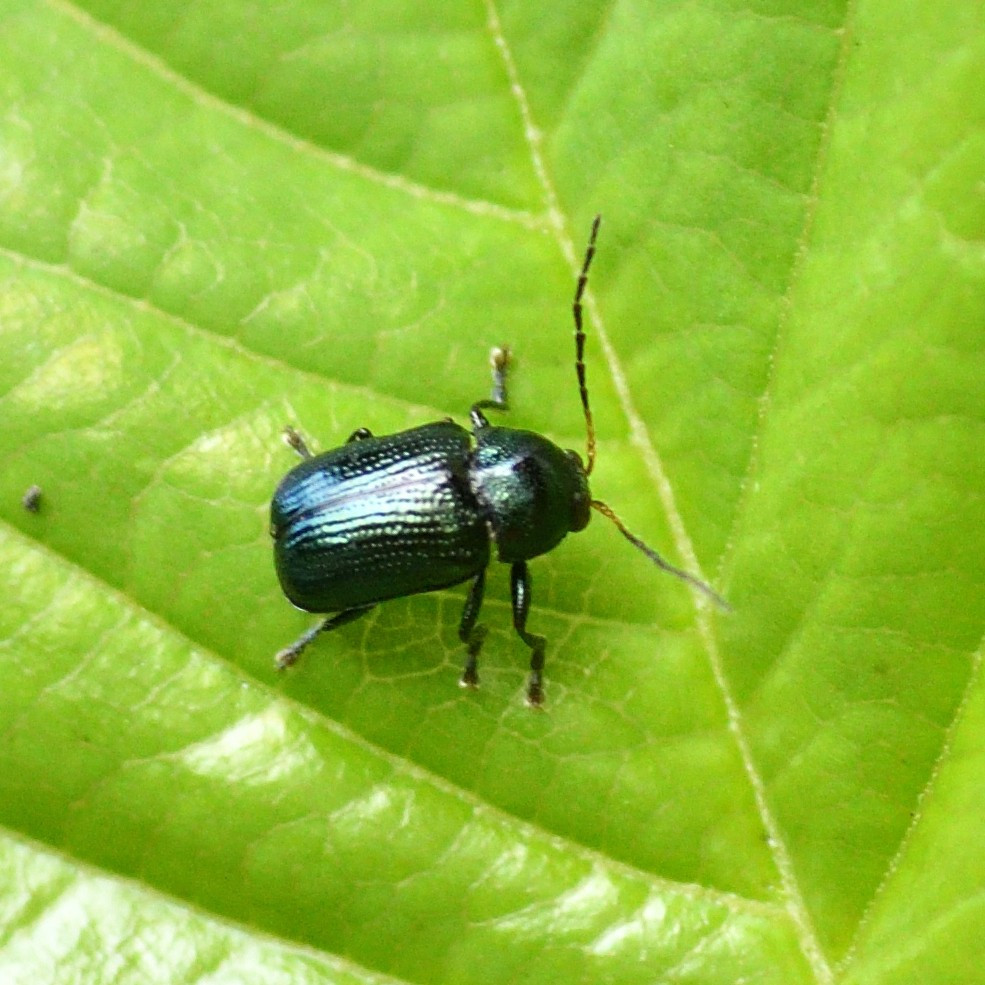
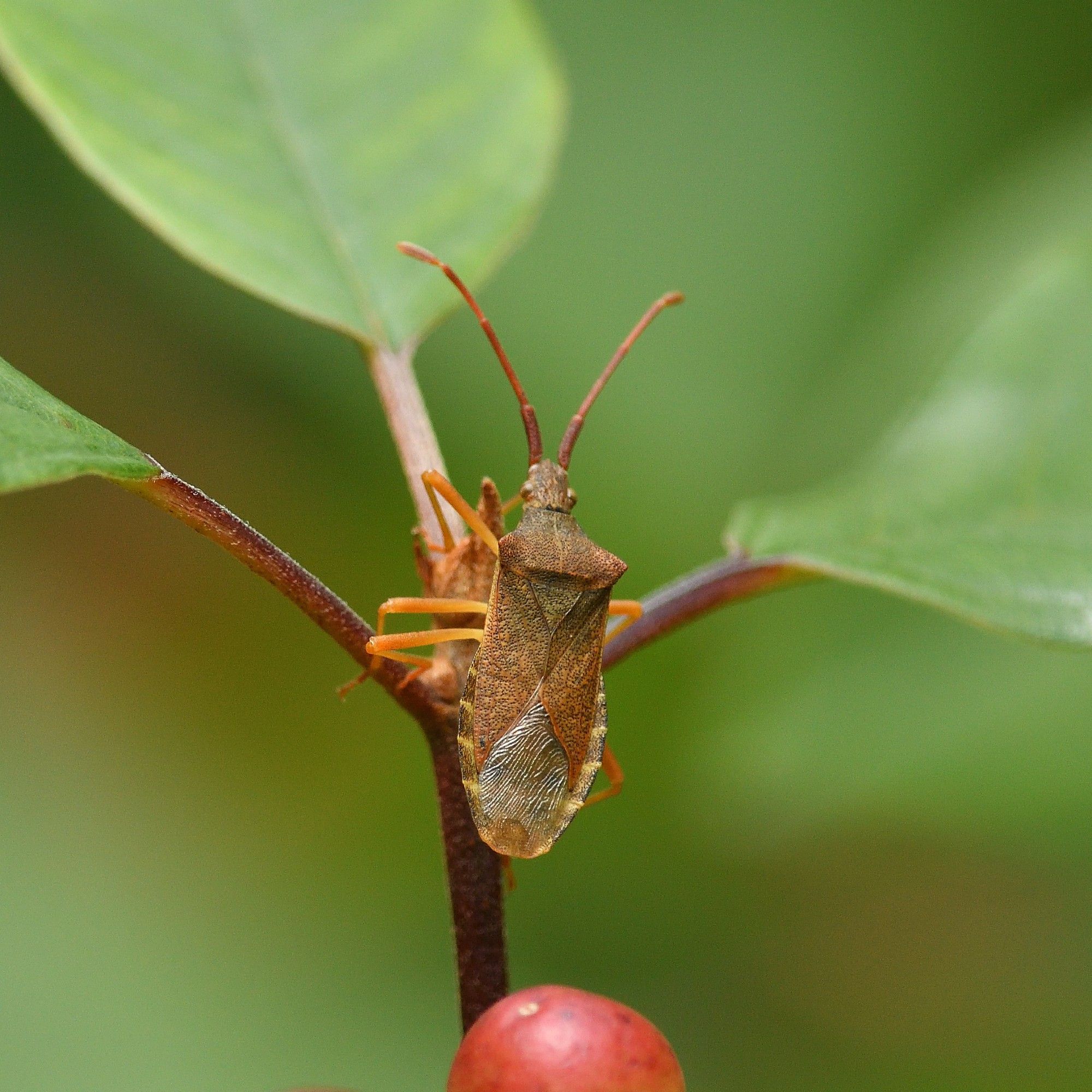

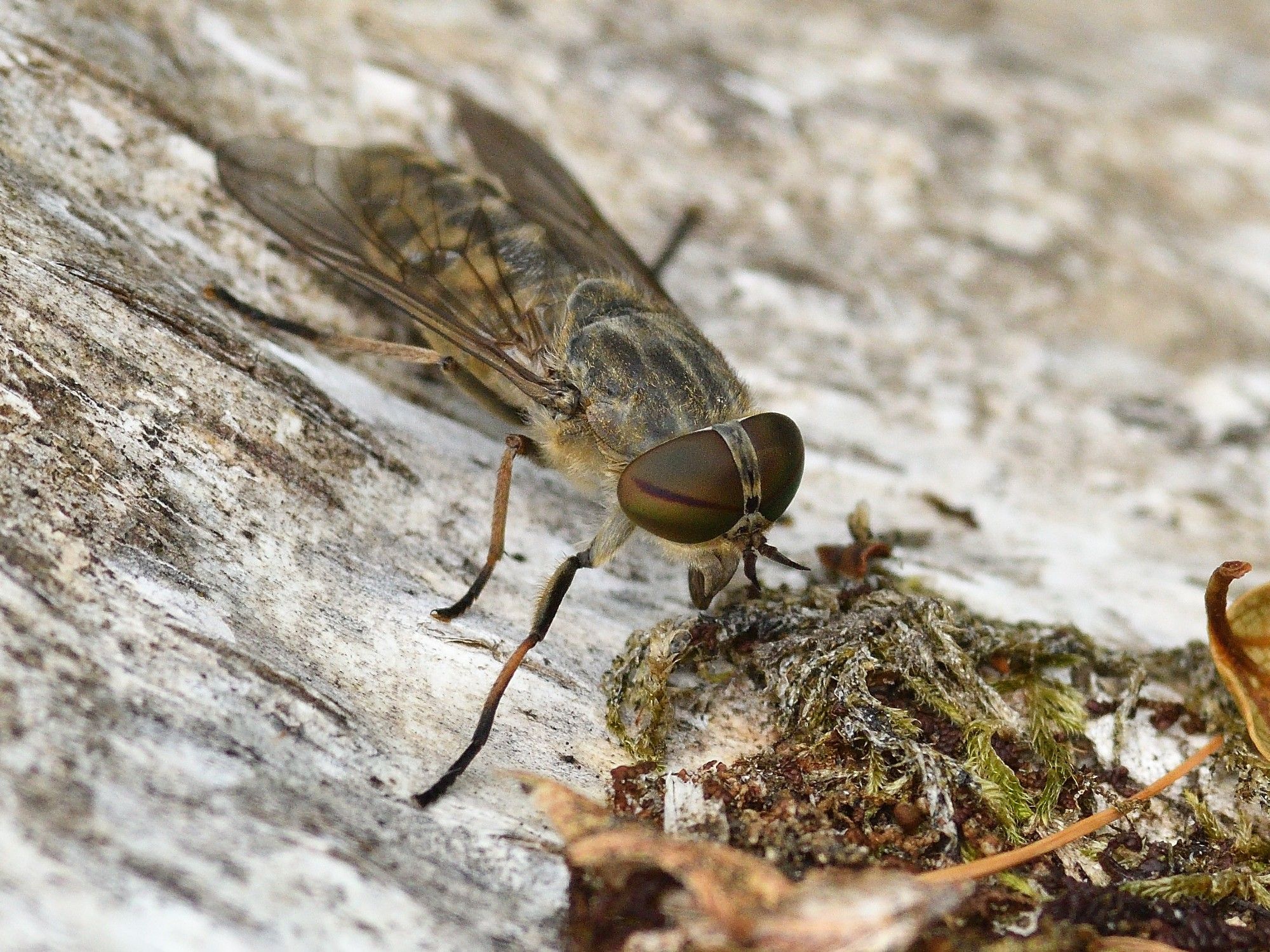
A robber fly! (family Asilidae) They are amazing insects 💚
Bone Pond - Flight of the Asilidae "4 track cassette manipulations and dark drones" #darkambient#bandcampcodes#yumcodes#bandcamp#musicwww.getmusic.fm/r/bone-pond-...

Bone Pond - Flight of the Asilidae | Free Bandcamp Codes

